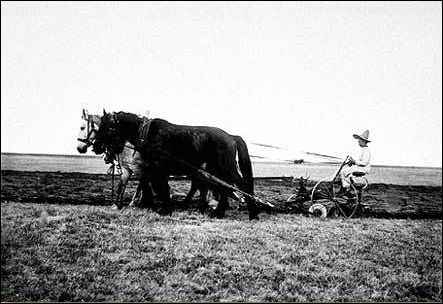Podcast: Play in new window | Download
Subscribe: Apple Podcasts | Spotify | RSS | More

February, 1912
Dear Mrs. Coney,—…Soon we started again, and if not quite so jolly as we were before, at least we looked forward to our supper with a keen relish and the horses were urged faster than they otherwise would have been. The beautiful snow is rather depressing, however, when there is snow everywhere. The afternoon passed swiftly and the horses were becoming jaded. At four o’clock it was almost dark. We had been going up a deep cañon and came upon an appalling sight. There had been a snow-slide and the cañon was half-filled with snow, rock, and broken trees. The whole way was blocked, and what to do we didn’t know, for the horses could hardly be gotten along and we could not pass the snow-slide…”
Today, Elinore gives us a peek inside her humble abode, and then tells us about a literature-inspired dinner. Once again, there’s snow involved.
The letters of Elinore Rupert are in the Public Domain.








